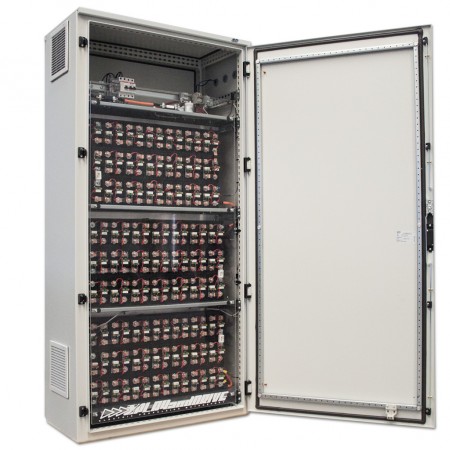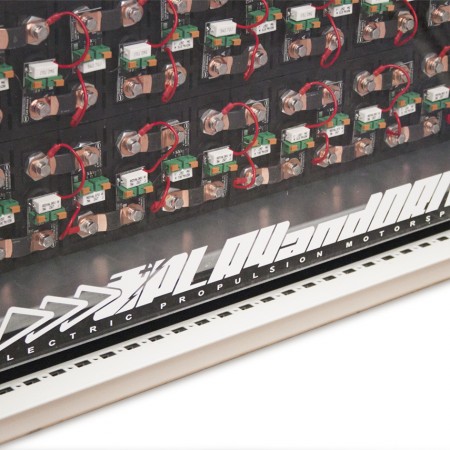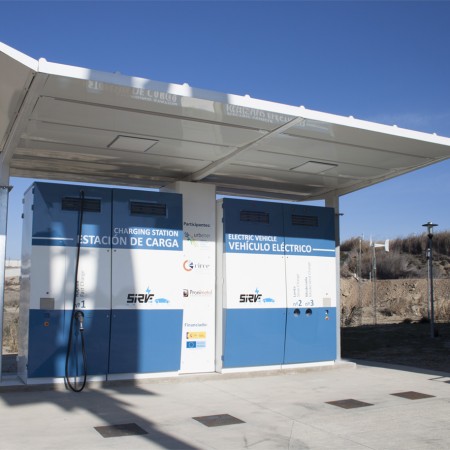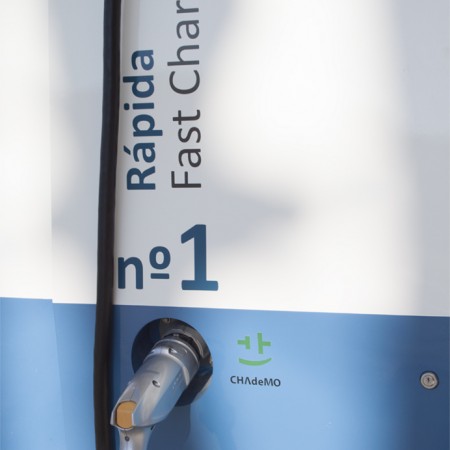Industry
The solution
for the recharging infrastructure.

“Sustainable mobility” that’s really something. Indeed, protecting the environment by using renewable energy on a large scale is complex and not only focuses on the development of longer autonomy batteries. Charging infrastructure for electric vehicles is one of the great challenges to solve and is the key to ensure success worldwide.
Let’s imagine that vehicles already have all the necessary capacity to run 1,000 km with stable, lightweight and cheap batteries. Would be everything already solved? Would be we in the ideal and utopian world of sustainable global mobility? The answer is clearly no. the time it would take to load the vehicle with a household outlet would be nearly sixty hours.
The average consumption of an electric vehicle of middleweight is 18 kW.h per 100 km.
To have autonomy to run 1,000 km we need to store in the car energy equivalent to 1.000 km x 18 kW.h / 100 km = 180 kW.h of energy.
A household outlet of 16 ampere gives a maximum power of 3,7 kW, which means, taking into account that may be operating at full power and with a conversion factor AC DC of 0,85, it would take 180 kW.h / (3,7 kW x 0,85) =57,23 hours.
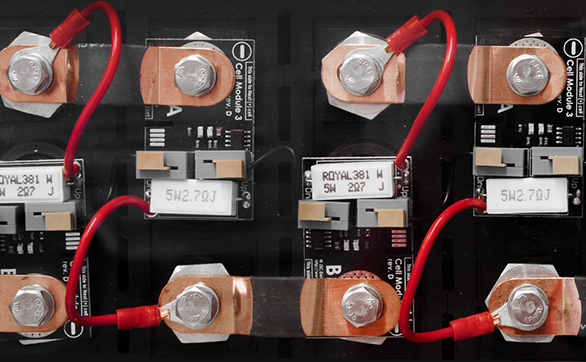
Obviously, domestic outlets will be used (and they are already used at present) for short urban journeys, but never for long distance journeys. Fortunately, fast and moderate recharging modes already exist since some time ago with a power of 22 and 50 kW respectively and in the near future 120 kW (super fast recharging, as TESLA). With these powers, we would have these load times:
hours
hours
hours
Accumulation
A temporary solution

One solution that helps mitigate some of this problem is the use of energy storage systems, which can accumulate energy during valley periods and deliver it at peak times recharge, helping to smooth the demand curve.
In Aragon we have a pioneer project called SIRVE Proyect, which is developing the technology needed for this and it is building two experimental stations in Zaragoza.
The SIRVE stations are composed of a quick charger, a moderate one, three slow charger, a battery pack, a regulator and solar power panels. The idea is to develop an intelligent system that is capable of modulating the punctual energy absorbed by the network, regulating the energy delivered to or from the battery pack and controlling at the same time the limitation of energy delivered to the vehicle in charge. In this way we can control the power of the network so the electrical installation in which the station is part, must not increase its hired power by the fact that they placed superchargers..
Play & Drive as knowledgeable about technology related to lithium batteries, has participated in the Project SIRVE building and providing battery packs.
Accumulation
Play and Drive
Battery pack for SIRVE stations has these
general characteristics:
| Nº of batteries: | 123 uds |
| Cell weight: | 1,5 Kg |
| Total weight of cells: | 184,5 Kg |
| Voltage nominal pack: | 405,9 V |
| Voltaje max. pack: | 442,8 V |
| Voltaje min. pack: | 319,8 V |
| Capacity: | 18.265 Kw.h |
For more information of the developed product, download data sheet.



